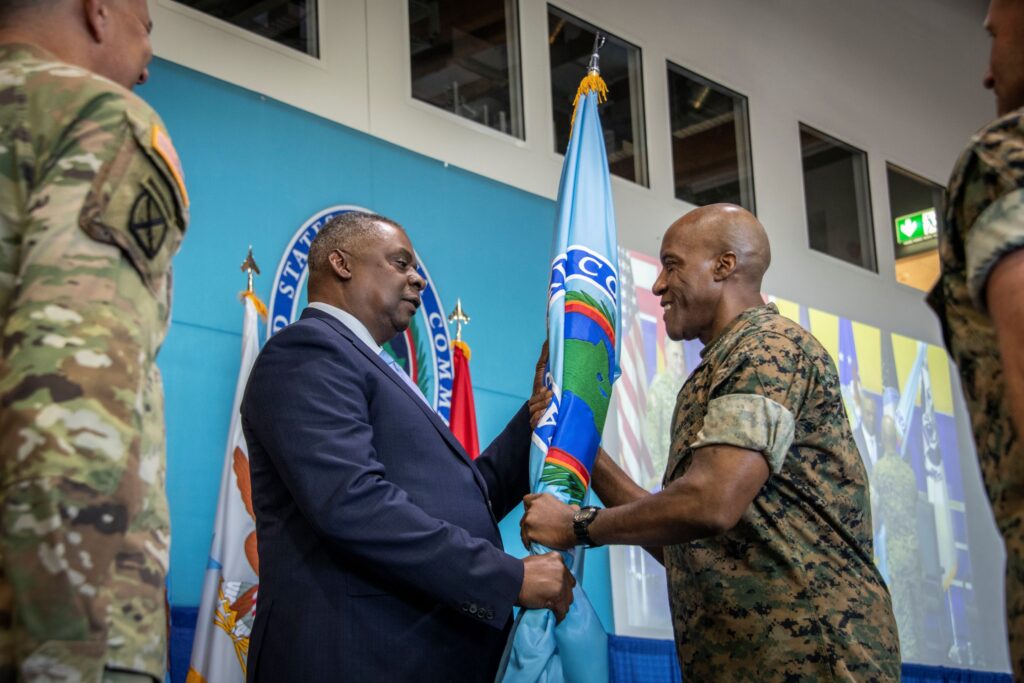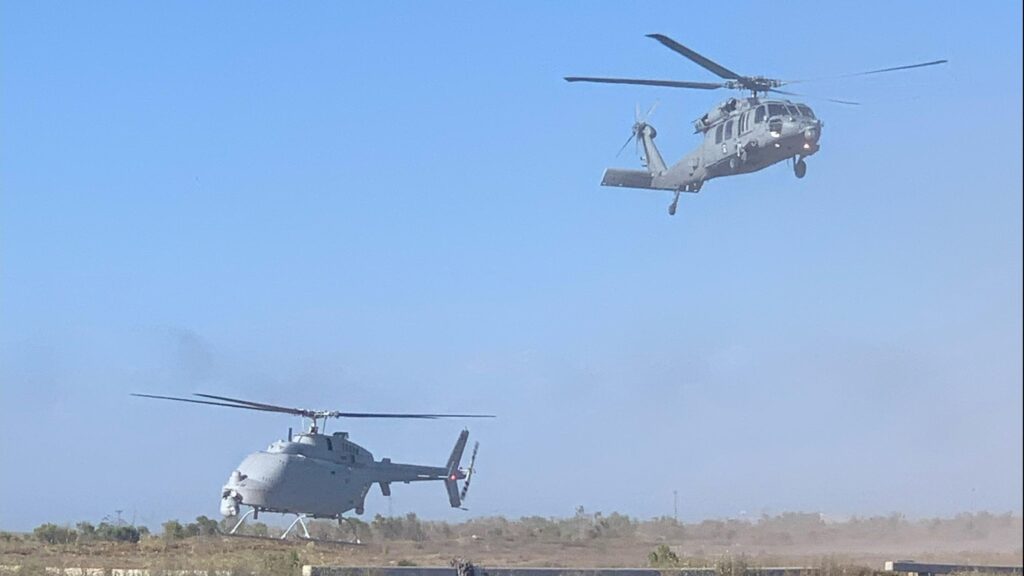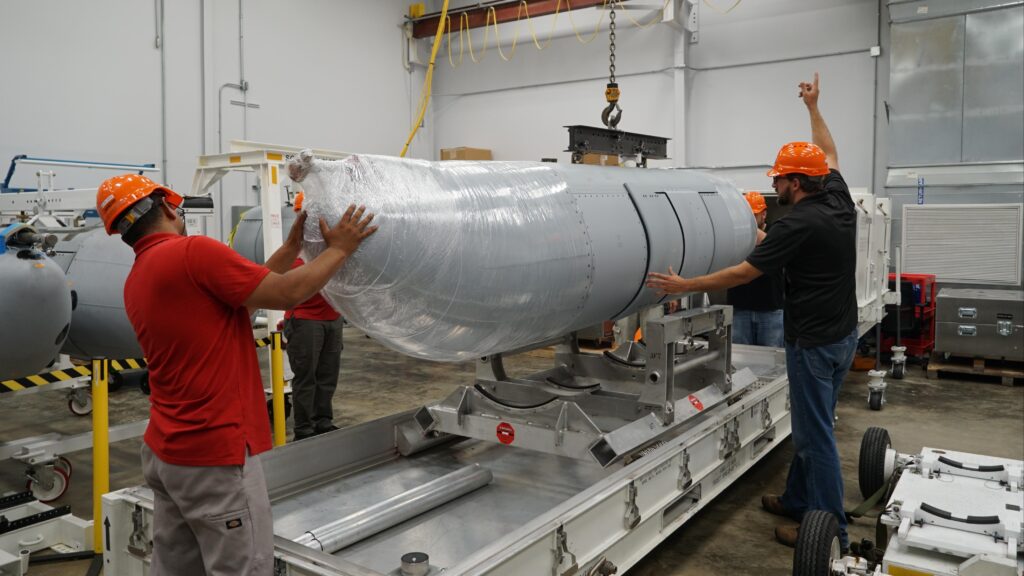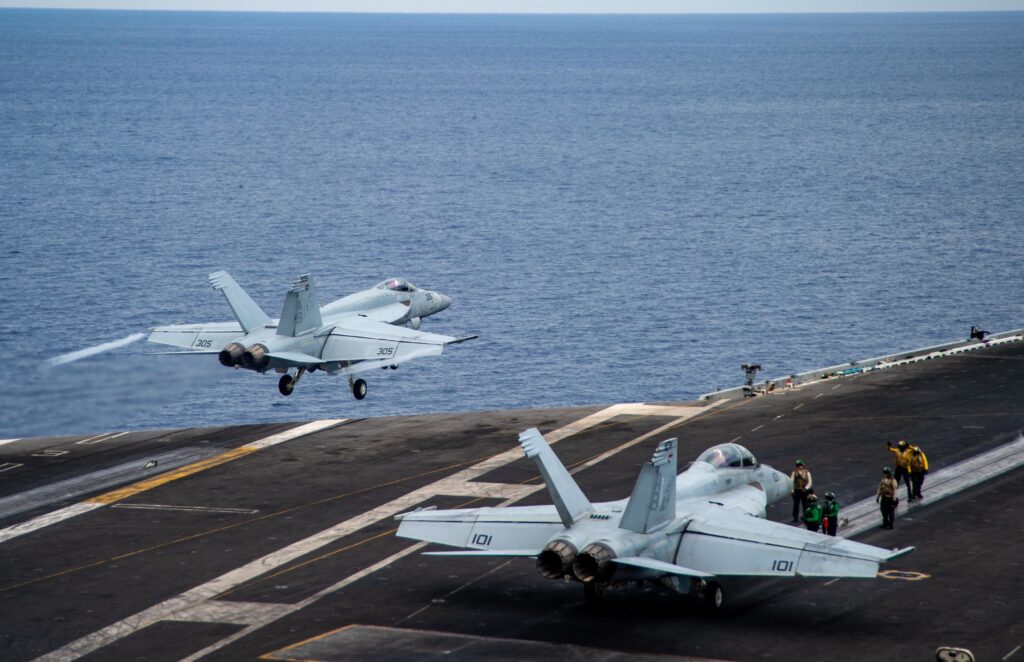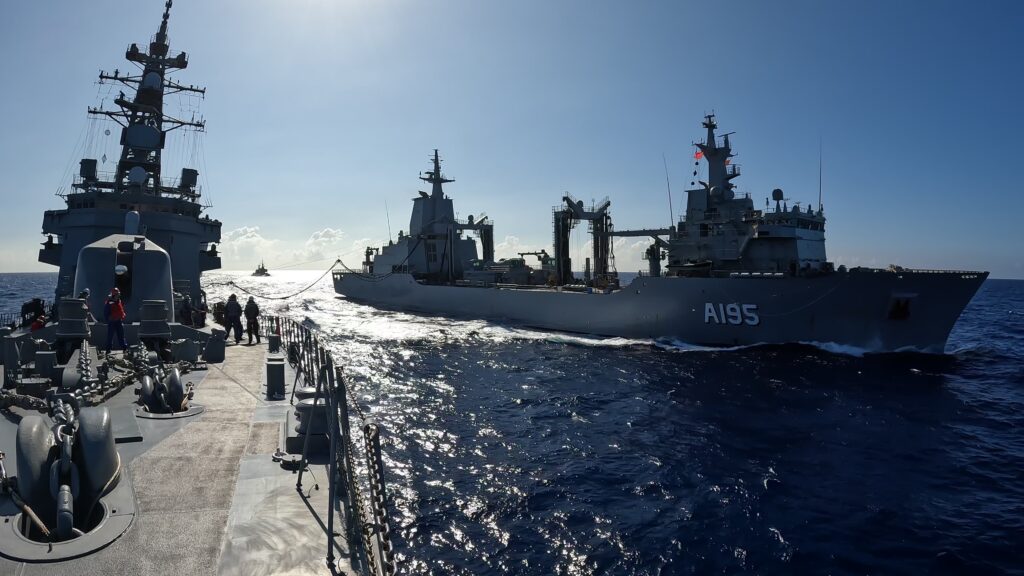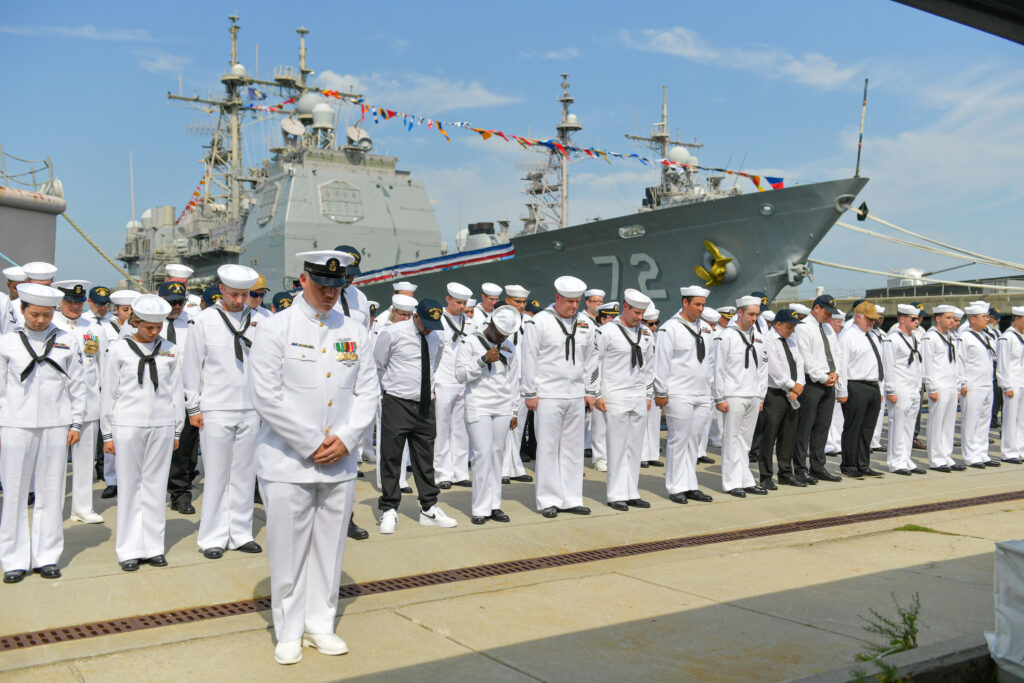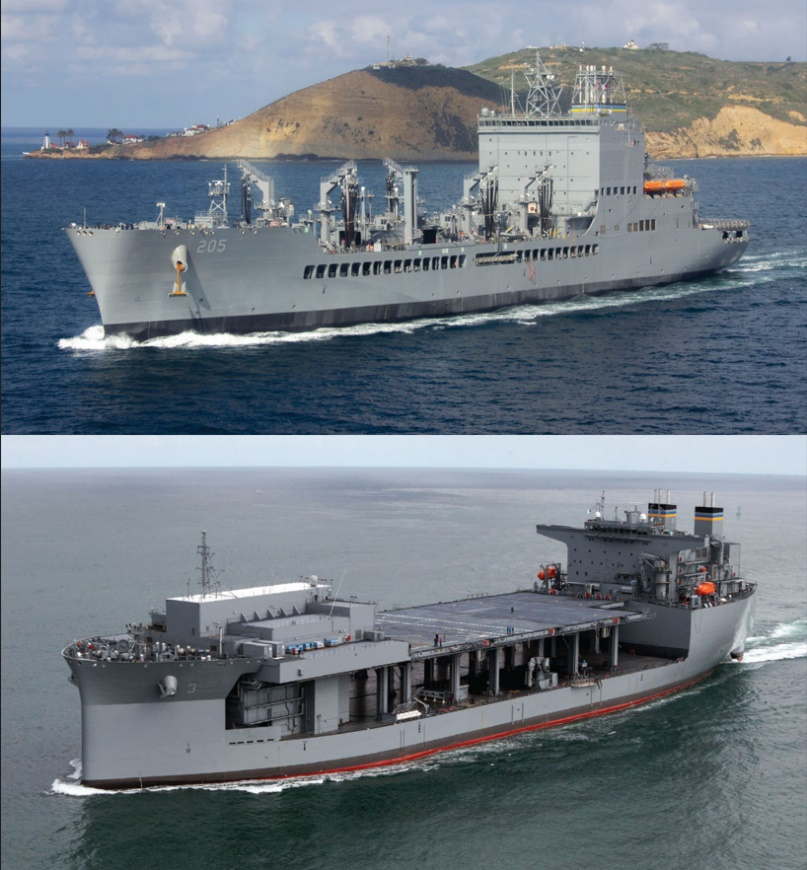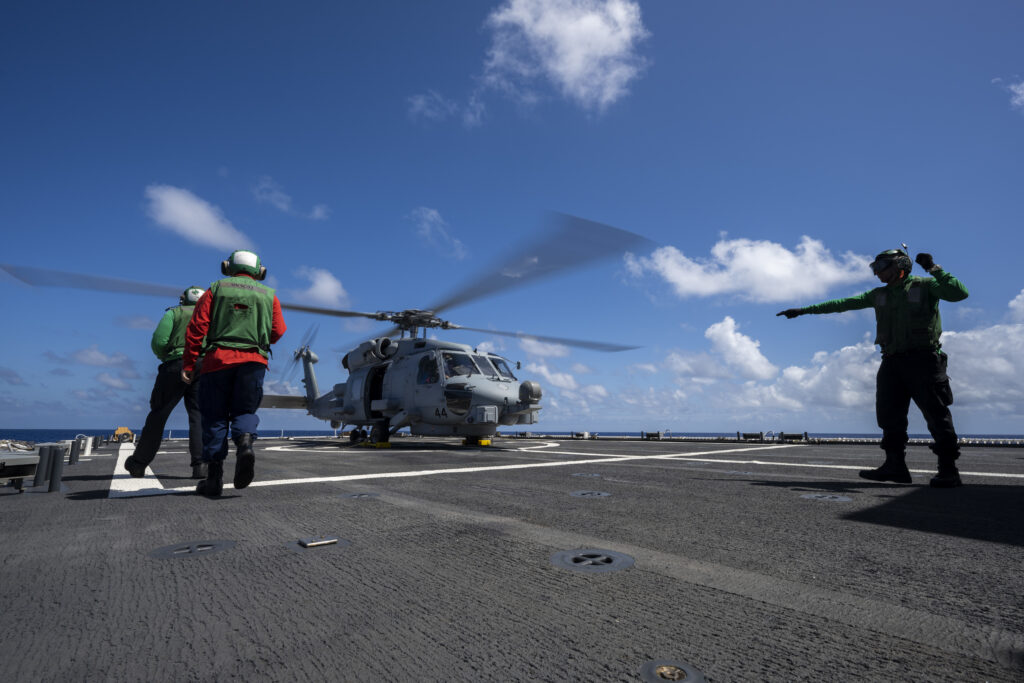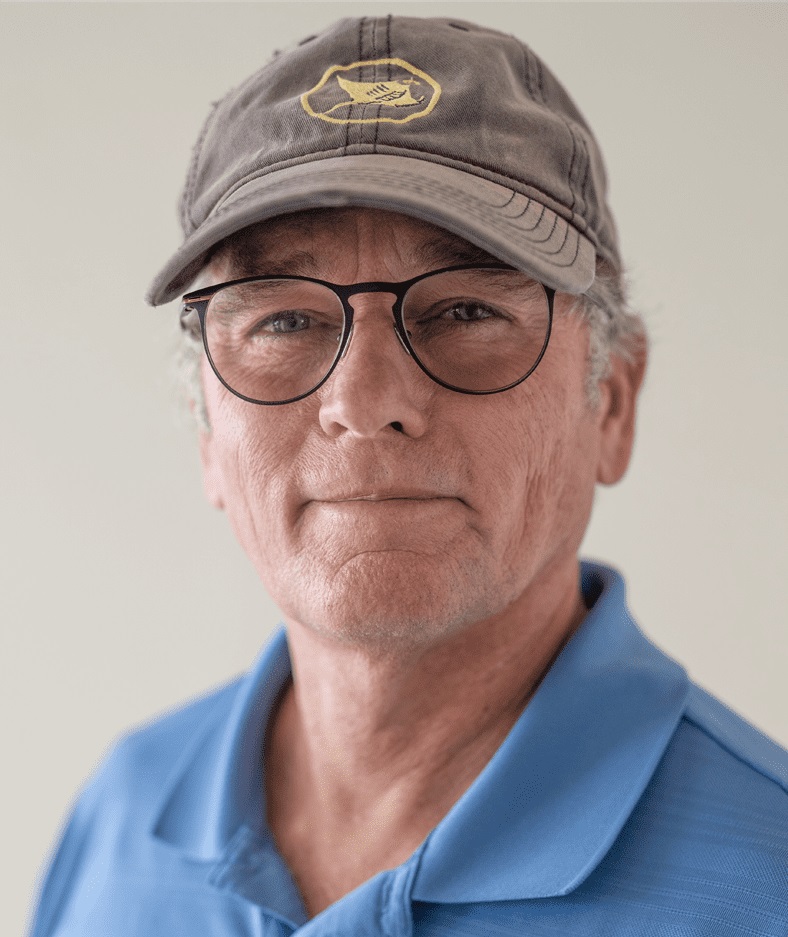NAVSAFECOM Addresses Deficiencies, Enhances Safe Diving Fleetwide
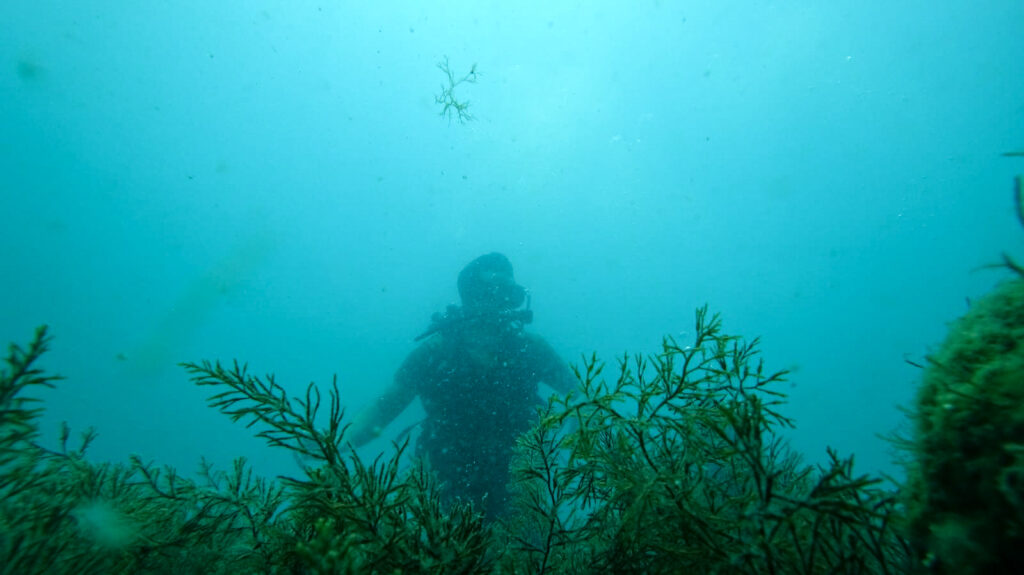
NORFOLK, Va. — Divers across the naval enterprise will be safer, thanks in part to thorough assessments by the Naval Safety Command (NAVSAFECOM) resulting in an update to diving operations and maintenance by Naval Sea Systems Command, NAVSAFECOM Spokeswoman Amy Robinson said in an Aug. 5 release.
The update was published July 11 and addresses findings and recommendations from the then-Naval Safety Center’s diving safety assurance letter sent to NAVSEA in December 2021. The letter covered assessments conducted from May to October 2021.
“The goal of the diving safety assessments is to ensure every diving command is operating safely and within governing standards,” said Senior Chief Brett Husbeck, a diving analyst with NAVSAFECOM’s Expeditionary Warfare Directorate. “If something isn’t correct, we identify the issues and work to get them corrected, which will help prevent mishaps.”
During the assessments, analysts detailed several deficiencies with global portable pressure testing chambers, also known as pressure pots, which Navy and Marine Corps divers use to calibrate, compare and test depth gauges.
“In U.S. Navy diving, we strictly adhere to the procedures. If we don’t operate within the standards, someone will get hurt,” said the diving analyst.
Husbeck, who has a background in welding, said one of the items analysts found during four out of seven assessments was severe rust inside the pressure testing chambers due to trapped moisture.
“Over time, the rust can deteriorate the fittings and the welds, which could result in a catastrophic failure,” he said.
From there, analysts traced materiel discrepancies identified during the assessments back to planned maintenance system deficiencies.
These discrepancies, along with others associated with technical manuals and drawings, were noted in a safety assurance letter and forwarded to NAVSEA’s Supervisor of Salvage, including recommendations to mitigate risks to divers across the naval enterprise.
Upon receipt, NAVSEA conducted a thorough review of the technical publications associated with pressure test chamber maintenance and operations, according to NAVSEA’s response letter.
Using the information observed and derived from the diving safety assessments, NAVSEA addressed findings and implemented actions to ensure technical and maintenance information is available, accurate and corresponds to the correct pressure test chambers.
“Upon completion, NAVSEA sent their response letter and the diving safety assurance letter to dive leaders throughout the enterprise to inform the fleet,” said Capt. Robert Marsh, NAVSEA supervisor of diving.
Don Ciesielski, director of NAVSAFECOM’s Expeditionary Warfare Directorate, said, “NAVSAFECOM continuously works with other commands to not only keep Sailors and Marines safe, but also enable warfighting readiness throughout the fleet.”
“From the assessments and safety assurance letter to the actions and response by NAVSEA, this process illustrates how NAVSAFECOM works with units throughout the naval enterprise to ensure our warfighters are combat-ready, while also mitigating risks to keep the fleet safe.”
NAVSAFECOM serves as the naval enterprise lead for non-nuclear safety standards, expertise and oversight of the Navy and Marine Corps Safety Management System. The command’s mission is to preserve warfighting capability, combat lethality, and readiness by working with its stakeholders to identify, mitigate, or eliminate hazards to reduce unnecessary risk to people and resources.
